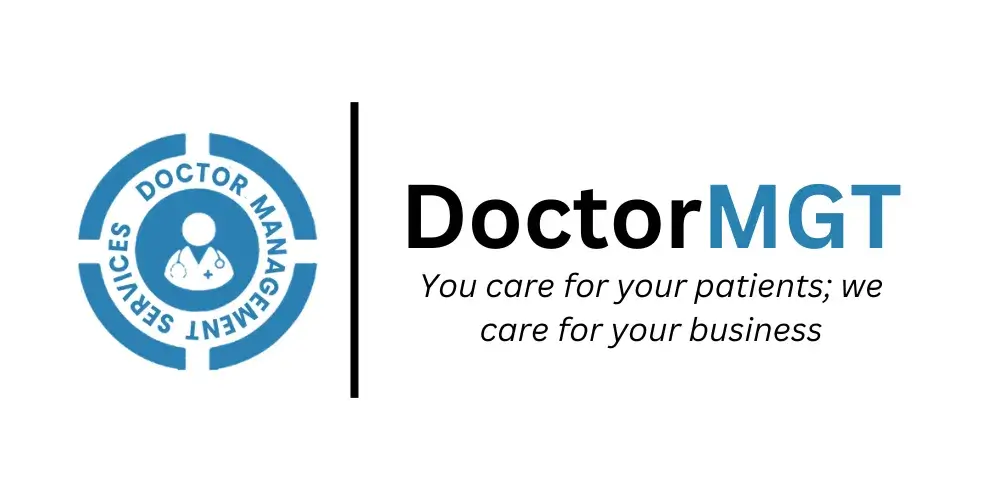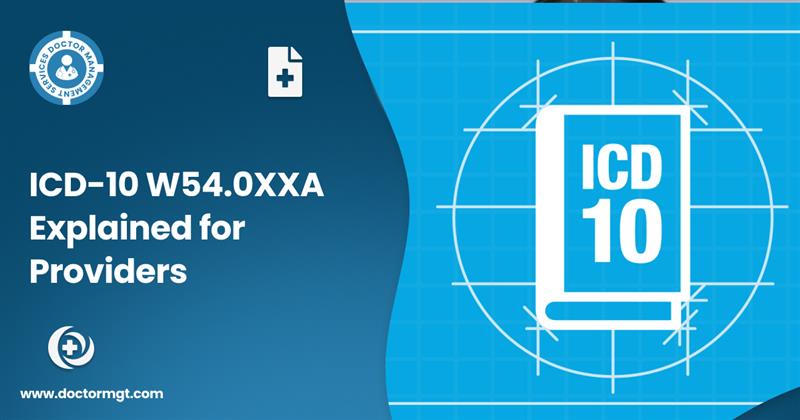In today’s competitive healthcare landscape, attracting new patients is only half the battle. The real challenge—and greater financial opportunity—lies in keeping them. Patient retention directly impacts your practice’s revenue, reputation, and long-term sustainability.
Research shows that increasing patient retention by just 5% can boost profits by 25-95%. Moreover, acquiring a new patient costs 5-25 times more than retaining an existing one. The math is clear: prioritizing patient retention is not just good medicine—it’s good business.
Why Patients Leave Healthcare Practices
Before exploring retention strategies, let’s understand why patients switch providers:
- Long wait times (both for appointments and in-office)
- Poor communication and follow-up
- Billing confusion and surprise charges
- Feeling rushed during appointments
- Lack of personalized care
- Difficult appointment scheduling
Addressing these pain points forms the foundation of effective retention strategies. Let’s explore practical approaches to keep your patients loyal and engaged.
1. Streamline the Patient Experience
Modern healthcare demands experiences that match the convenience of top consumer services. From the first contact to follow-up care, every interaction should feel seamless. To optimize patient relationships easily, clinics must adopt digital-first strategies, such as automated scheduling, real-time communication, and personalized follow-ups. These enhancements not only improve efficiency but also foster stronger patient engagement and trust.
- Digital-First Access
Online appointment scheduling, digital intake forms, and virtual waiting rooms eliminate common friction points. Patients appreciate practices that respect their time by minimizing paperwork and wait times.
Using a real-time patient management software with automated scheduling allows patients to book appointments 24/7 while giving your staff tools to optimize the daily schedule. Their automated appointment reminders via text or email have been shown to reduce no-shows by up to 30%, protecting your revenue and schedule integrity.
- Create a Welcoming Environment
Your physical space communicates volumes about your practice. Consider:
- Comfortable seating arranged for privacy
- Clear directional signage
- Reading materials relevant to your specialty
- Accommodations for patients with special needs
- Separate kids’ area if appropriate
Small touches like complimentary beverages or charging stations for electronic devices show patients you’ve considered their comfort during wait times.
2. Personalize the Patient Experience
Personalization transforms transactional healthcare into meaningful relationships.
Remember Patient Preferences
Document and honor communication preferences, preferred appointment times, and other personal details. Did they mention an upcoming vacation or family event? Note it for future conversations.
Implement Value-Based Care Models
Focus on quality over quantity in patient interactions. Value-based care aligns incentives around patient outcomes rather than service volume, creating better experiences and results.
Celebrate Milestones
Acknowledge treatment anniversaries, health achievements, or birthdays with a card or message. These touches demonstrate that you see patients as individuals, not just appointments.
3. Enhance Communication Channels
Clear, consistent communication builds trust and prevents misunderstandings.
Offer Multiple Contact Options
Some patients prefer phone calls, while others want text messages or patient portal communications. Provide options that match patient preferences and different clinical situations.
Implement Proactive Communication
Don’t wait for patients to reach out with questions or concerns. Establish protocols for:
- Pre-appointment reminders with necessary preparation instructions
- Post-appointment follow-ups to address questions
- Check-ins between scheduled visits for chronic conditions
- Preventive care reminders based on patient history and demographics
Make Information Accessible
Patients should easily access their health information, educational resources, and practice policies. A user-friendly patient portal empowers patients to engage with their health data.
4. Prioritize Staff Training and Culture
Your team creates the patient experience through countless daily interactions.
Focus on Service Excellence
Train all staff members—clinical and administrative—in customer service fundamentals:
- Active listening techniques
- Empathetic communication
- Conflict resolution
- Managing difficult conversations
Reduce Staff Turnover
Patients form relationships with your entire team. High staff turnover disrupts these connections and signals organizational problems. Invest in staff satisfaction to maintain patient relationships.
Gather and Act on Staff Input
Front-line team members often identify patient pain points first. Create channels for staff to share observations and suggestions for improving the patient experience.
5. Leverage Data for Personalized Care
Modern healthcare generates enormous amounts of data. Use it strategically to enhance patient relationships.
Identify At-Risk Patients
Analyze appointment patterns to identify patients who might be disengaging:
- Missed appointments
- Stretching time between visits
- Unfilled prescriptions
- Incomplete treatment plans
Reach out proactively to these patients before they leave permanently.
Create Patient Segments
Different patient groups have distinct needs and preferences. Segment your patient population by factors like:
- Health conditions
- Age demographics
- Communication preferences
- Treatment adherence patterns
Tailoring outreach and education to these segments increases relevance and effectiveness.
6. Build Community and Education
Position your practice as a health resource beyond episodic care.
Develop Educational Content
Create blog posts, videos, or newsletters addressing common questions and conditions you treat. This content:
- Demonstrates your expertise
- Empowers patients with reliable information
- Keeps your practice top-of-mind between visits
Host Patient Events
Whether virtual or in-person, events build community around your practice. Consider:
- Condition-specific support groups
- Health education seminars
- Wellness challenges
- Meet-the-provider sessions for new team members
7. Gather and Implement Patient Feedback
Patients want to be heard. Systematic feedback collection creates improvement opportunities and demonstrates that you value patient perspectives.
Implement Multiple Feedback Methods
Different feedback channels capture diverse patient voices:
- Post-visit surveys (keep them brief)
- Annual satisfaction questionnaires
- Focus groups for specific practice areas
- Social media and review site monitoring
- Comment cards in waiting areas
Close the Feedback Loop
The most critical step isn’t collecting feedback—it’s responding to it. When patients provide suggestions:
- Acknowledge their input promptly
- Share how you’re addressing their concerns
- Follow up to ensure improvements met their needs
This “closed-loop” approach transforms critics into advocates by showing that their voice matters.
Measure Your Retention Success
Implement metrics to track retention progress:
- Patient retention rate (percentage of patients who return within a specific timeframe)
- Net Promoter Score (likelihood to recommend)
- No-show and cancellation rates
- Patient lifetime value
- Treatment plan completion rates
These indicators provide objective feedback on your retention efforts.
Conclusion
Patient retention isn’t about preventing people from seeking care elsewhere—it’s about creating such exceptional experiences that they wouldn’t consider it. When patients feel valued, heard, and well-cared for, loyalty follows naturally.
By streamlining experiences, personalizing interactions, communicating effectively, investing in staff, leveraging data, building community, and acting on feedback, you create a practice that patients won’t want to leave.
The strategies outlined above require commitment and resources, but the return—financially and in patient outcomes—makes this investment one of the wisest a healthcare practice can make.




